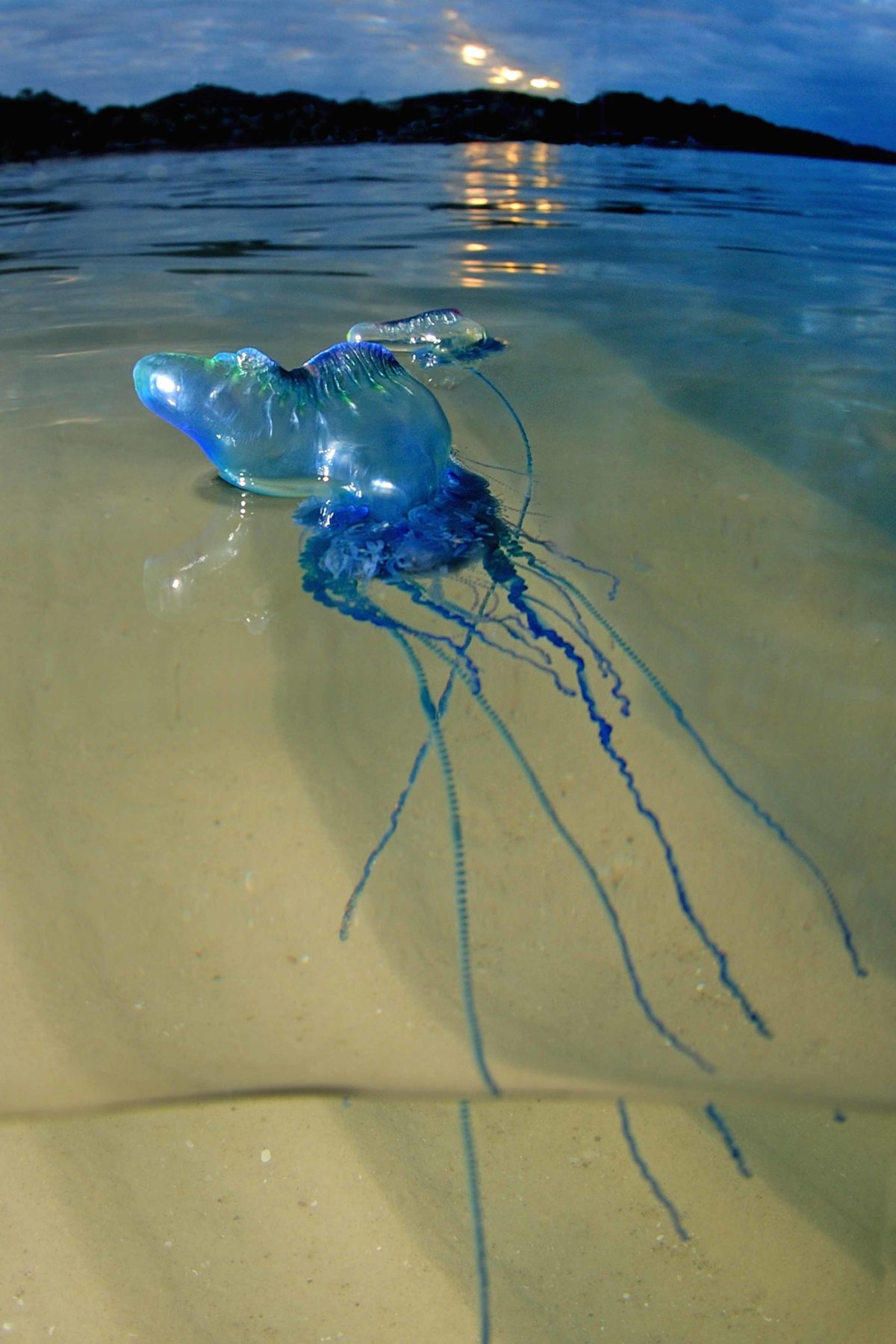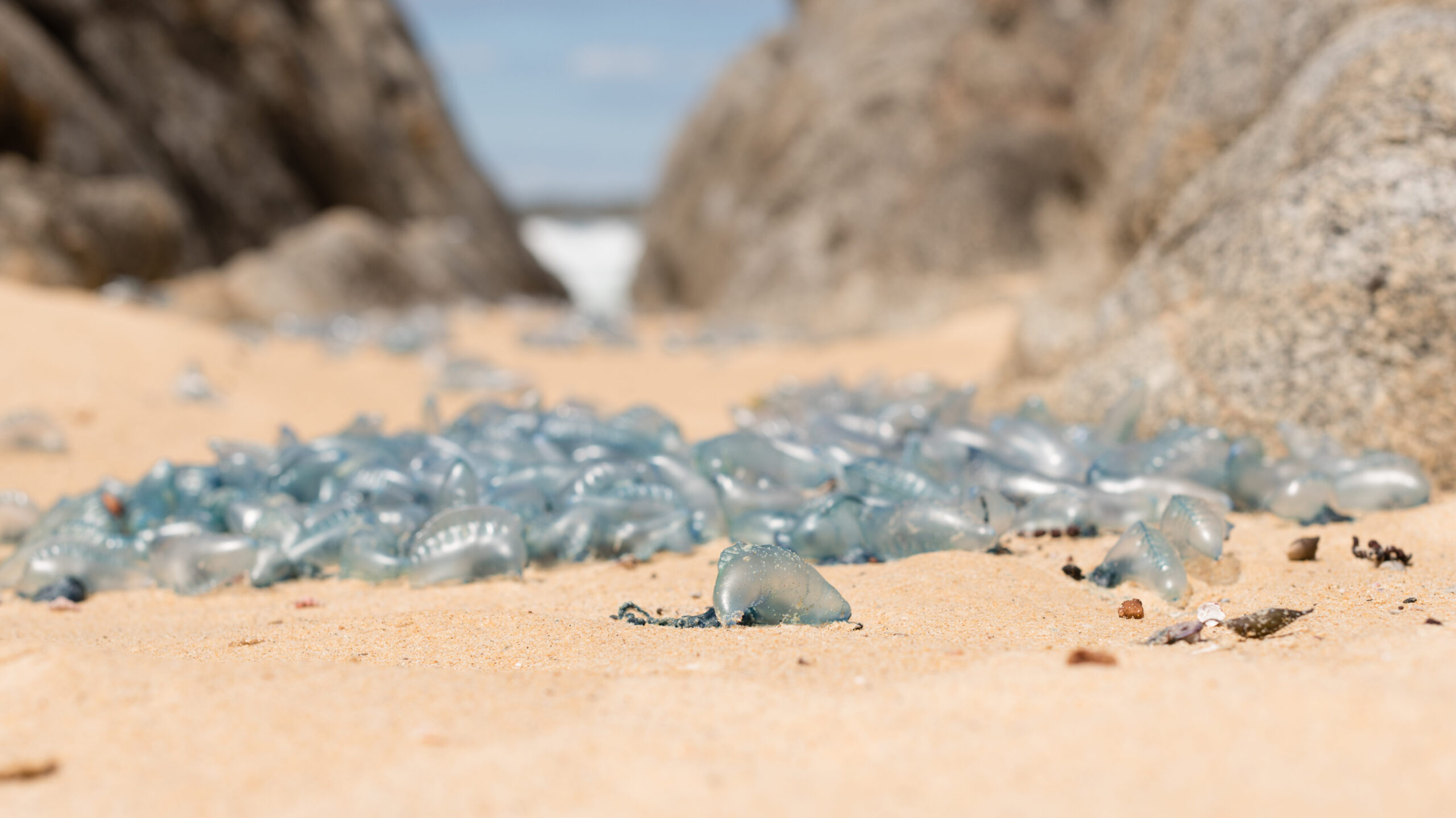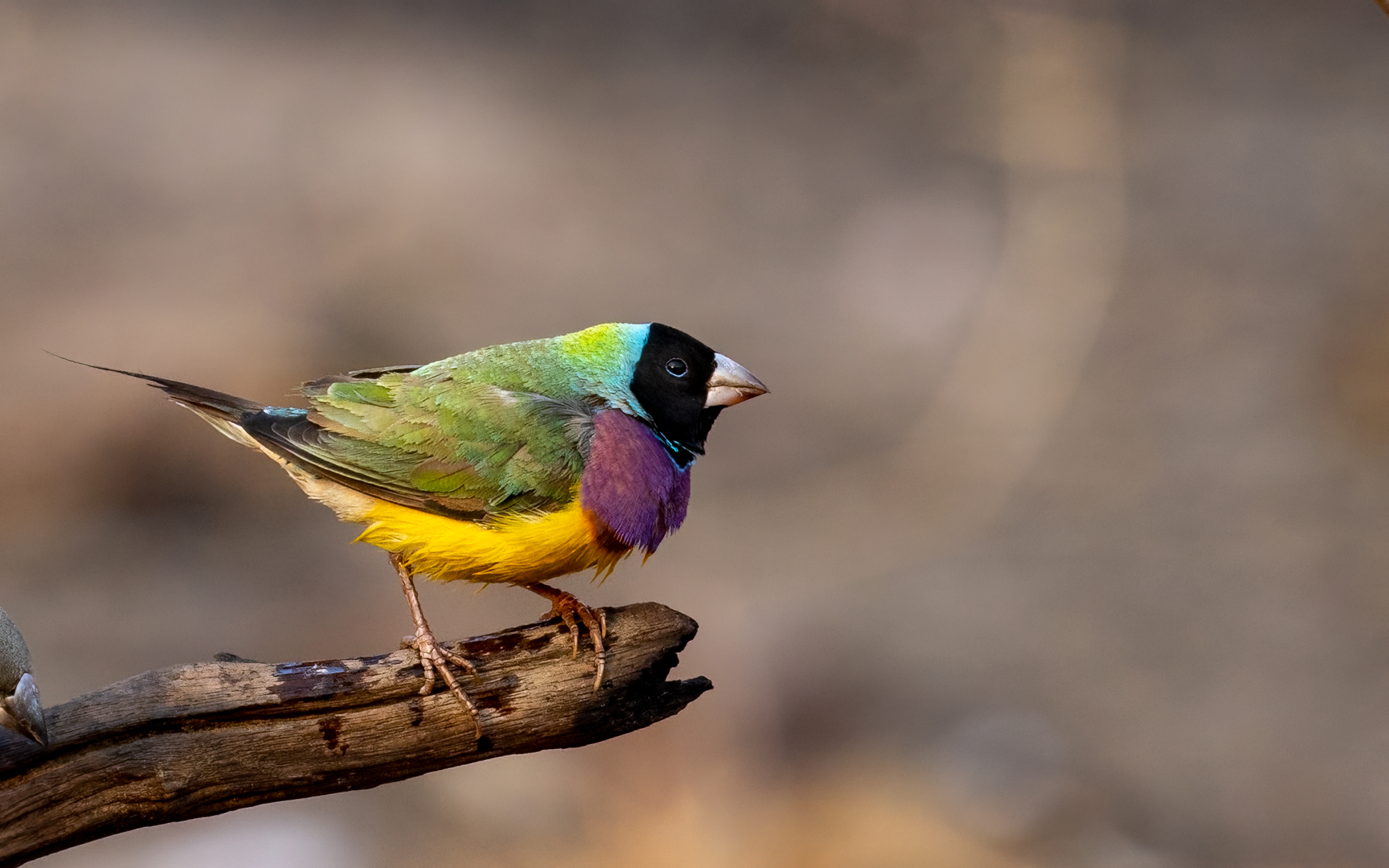| Common name | Bluebottle |
| Scientific name | Physalia utriculus |
| Type | Marine |
| Diet | Mostly larval fish and tiny crustaceans |
| Average lifespan | Unknown, but unlikely to be more than a few weeks |
| Size | Float is about 10cm wide, tentacle is up to 3m long |
Being stung by a bluebottle is almost a rite of passage for Aussie kids who spend summer holidays on the east coast’s beaches.
The distribution of these floating marine stingers largely depends on prevailing winds and currents. That means that they’re most often seen along eastern Australia during the summer, when as many as 30,000 stings are reported each year. In autumn and winter, bluebottles will turn up on beaches in south-west Western Australia, from where only about 500 stings are reported each year.

A bluebottle sting is always a painful experience – sometimes excruciatingly so. But it’s rarely life-threatening, except for the extremely small per cent of people who are allergic to bluebottle venom and may suffer an anaphylactic reaction if they’re stung.
Bluebottles are not strictly ‘jellyfish’ in the way that most people think of jellyfish, although they are certainly related.
Instead, bluebottles are siphonophores and, to make them seem even more complicated they’re not actually individual animals.
Each bluebottle is a colony of four separate organisms called zooids, that need to live together to survive.
One of these is the bluebottle’s float – the pneumatophore. This is usually no wider than 10cm and is like a floating blue plastic bag that creates its own air-like gas with which it fills itself.
Then there are the dactyloids, which form the tentacles that trail out for up to 3m and are covered in numerous tiny stinging cells called nematocysts. Their role is to detect and catch prey, which are then transferred to the gastrozoids, which handle digestion.
The fourth group of zoids – the gonozoids – are involved with reproduction.

Australia’s bluebottle (Physalia utriculus) is often confused with the Portuguese man o’ war (Physalia physalis).
The bluebottle (Physalia utriculus) – sometimes called the Pacific man-o-war – is found in marine waters in the Indian and Pacific Oceans. The Portuguese man o’ war (Physalia physalis) is found in the Atlantic ocean.
The Portuguese man o’ war (Physalia physalis) is slightly larger and more venomous than the bluebottle (Physalia utriculus).








